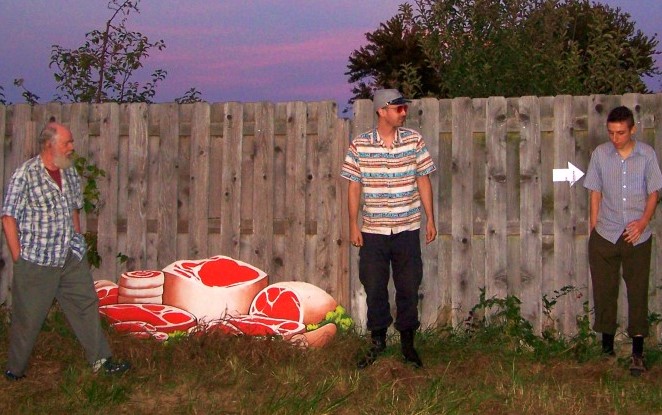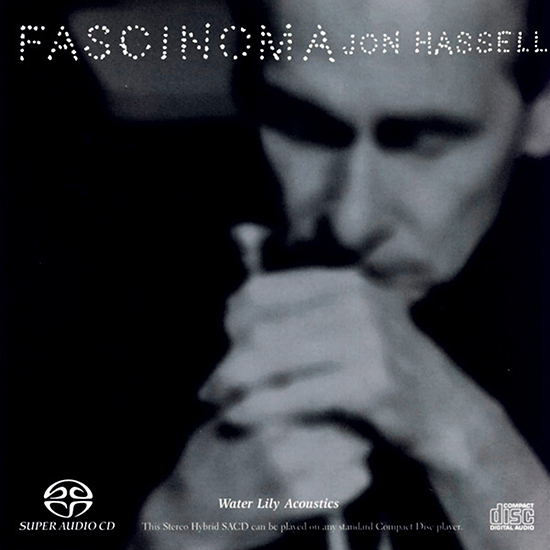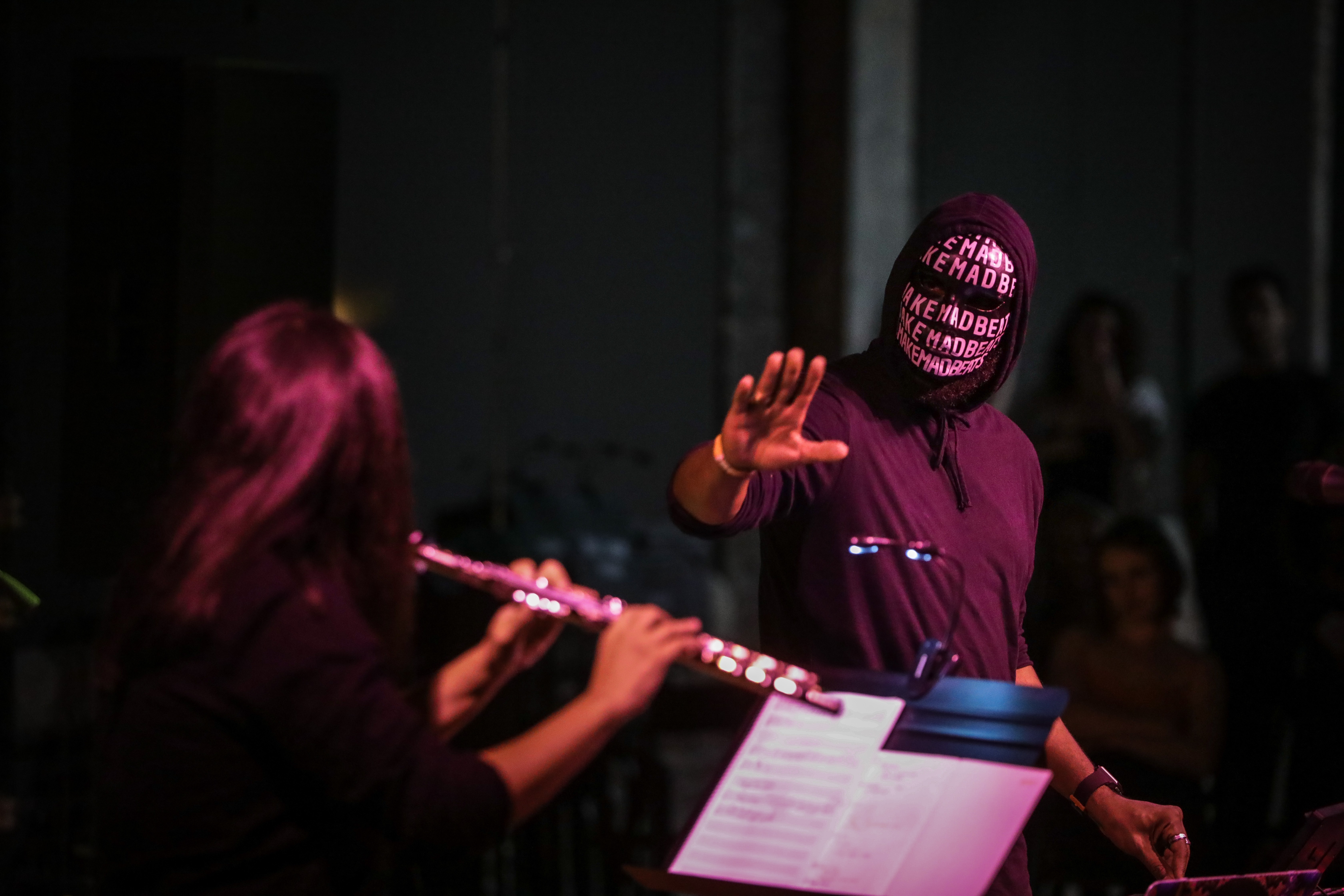Memphis hasn’t offered many chances to hear music that’s completely spontaneous since the glory days of the ’90s, when the likes of George Cartwright roamed these streets. But that’s changing. Many improvisation-friendly fans were captivated and inspired by the Dopolarians’ set at the Green Room in pre-Covid 2020, and other groups dedicated to freedom in music have percolated up from time to time. Now, Goner Records is leaping into the fray, bringing storied saxophonist Jack Wright to B-Side Memphis this Friday with his trio, Wrest.
Wright, who one musician described as “the Johnny Appleseed of free improvisation,” has toured relentlessly since he began in 1979, and has scattered many seeds along the way in the form of “leaping pitches, punchy, precise timing, the entire range of volume, intrusive and sculptured multiphonics, vocalizations, and obscene animalistic sounds,” as his website puts it.
He’s also put a great deal of thought into what makes for great improvised performances, namely in his 2017 book, The Free Musics, and that must also count among the seeds he’s planted — all fostering an approach to sound that’s very different from our pop-music-obsessed conventions. And that’s where Goner comes in.
As Goner Records founder Eric Friedl describes it, Friday’s show arose out of the label’s fascination with another underground’s underground artist, Reverend Fred Lane, who first emerged from Tuscaloosa, Alabama in the ’70s and ’80s with his trademark mix of swinging jazz, country, and Dadaist lyrics. Reissuing his first albums recently tapped Goner into an entire parallel universe of free music.
“I was contacted by Evan Lipson, current bass player for Fred Lane about hosting a show for a group he was playing with, Wrest,” says Friedl. “I knew Evan was a monster on bass, and wanted to make something happen even before I heard this band. Then I checked ’em out. They were wild. I had not heard of the leader, Jack Wright, but was very intrigued by his playing and his biography. Community organizer, travelling the world, playing under the radar of most listeners — but obviously a master. Percussionist Ben Bennett plays a pile of self-made drums, stretched membranes, and other objects which are hit, rattled, and blown. What a trio!”
Pairing Wrest with an appropriate opener was the next challenge, but luckily there’s a regional free jazz Renaissance taking off under our very noses these days, centered on the Mahakala Music imprint in Arkansas, owned by a University of Memphis alum, Chad Fowler. He can often be heard with guitarist David Collins’ group, Frog Squad.
“Who to play with ’em? Some more straight jazz didn’t seem to make sense,” muses Friedl. “Some noisy whippersnappers could work. Our man on the scene Jimmy Enck brokered a deal with local horn heavy Chad Fowler, who brought his collective Deepstaria Enigmatica on board in their debut performance.”
That new group features Fowler and Collins with Jon Scott Harrison on drums and a certain Misterioso Africano playing the “mystery.”
Putting it in perspective, Friedl says, “I hope people come check this show out — it’s got world-class players on a small stage in Memphis, worthy of a large jazz festival in Europe.
“We had a great turnout for a couple of shows of percussionist Tatsuya Nakatani, playing bowed gongs and big and small drums and percussion. I’m always very interested in bringing avant garde sounds to Memphis. People will enjoy the spirit and music even if they don’t think they will. It’s fun and alive, in real time. Bring an open mind!”
Wrest and Deepstaria Enigmatica play B-Side Memphis on Friday, July 8, 8 p.m. $10.


 Jamie Harmon
Jamie Harmon